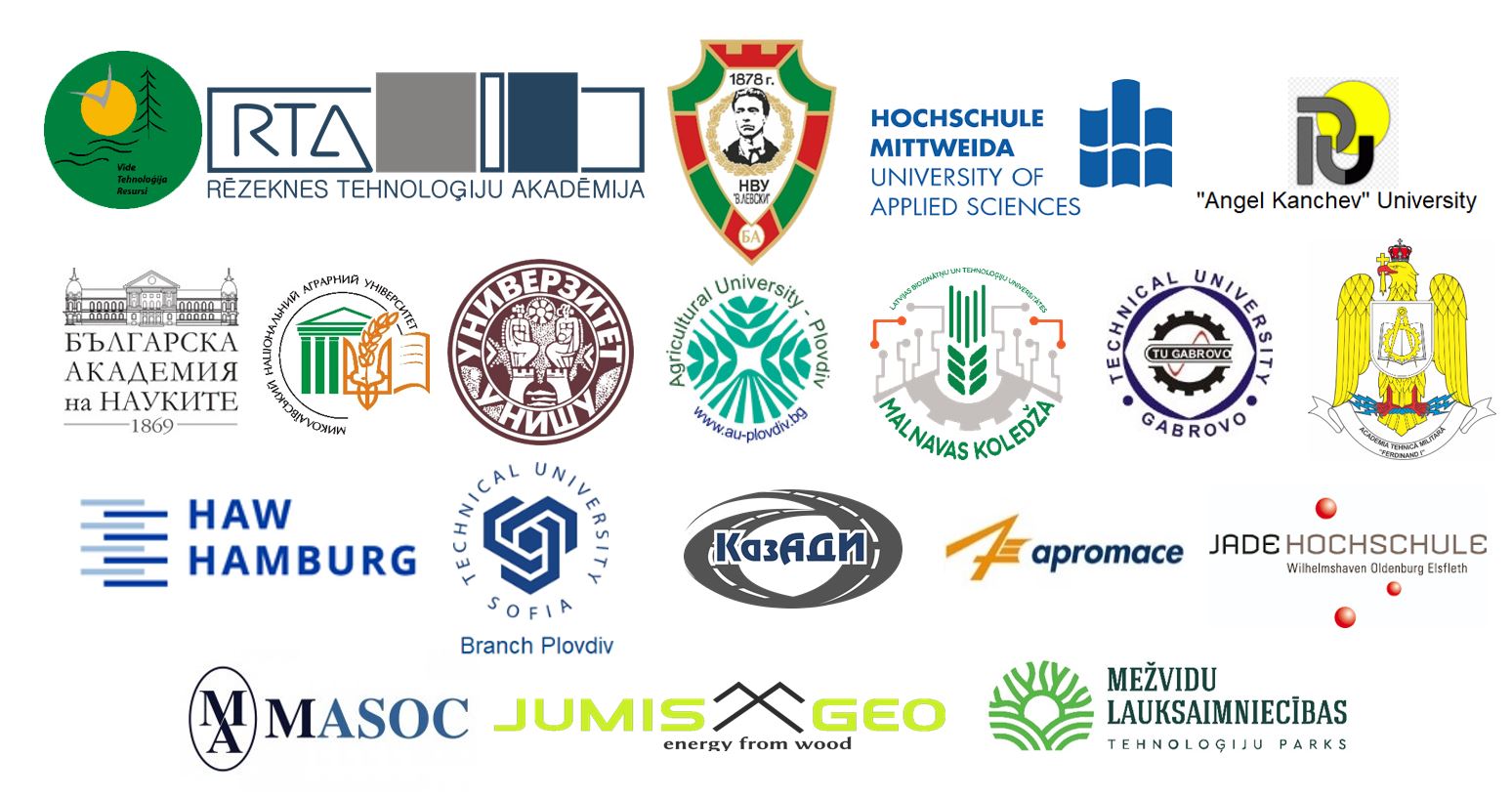OPTIMIZATION OF CO2 LASER PARAMETERS FOR WOOD CUTTING
##manager.scheduler.building##: Atbrivosanas aleja 115, k-4 (Faculty of Engineering)
##manager.scheduler.room##: Room 013
Last modified: 01.06.2017
Abstract
Keywords
References
[1] Wairimu G., Ikua B.W., Kioni P.N. CO2 laser machining of wood, perspex and glass with and without use of assist gas. International Journal of Scientific Research and Innovative Technology, 12, 2015, pp. 128-133.
[2] Shaikh A.A., Varsi A.M. Investigation on depth of cut by varying cutting parameters for single pass cutting on CO2 laser. International Journal of Innovative Research in Science, Engineering and Technology. Vol.3, Issue 9. 2014, pp. 15917-15925.
[3] Radovanovic M., Madic M. Nonconventional Technologies Review, 4, 2001, pp. 34-42.
[4] Mohamed M., Sylvain Gagnon Eng., Bradford Douglas K., Podesto Lisa P.E. Introduction to Cross Laminated Timber.Wood Design Focus V.22, N.2. 2002, pp. 3–12.
[5] Moisture content of piece of sawn timber- Estimation by electrical resistance method. .British Standard. 2002, pp. 1-10.
[6] Rongrong Li., Xiaolei G., Pingxiang C. Optimization of laser cutting parameters for recombinant bamboo based on response surface methodology. Nanjing Forestry University, Faculty of Material Science and Engineering.. 2016, pp. 275-286.
[7] Design for Manufacturability: Maximizing the Advantages of Laser Cutting http://cdn2.hubspot.net/hub/327041/file-2067602000-pdf/Design_for_Manufacturability.pdf . Laserage. 2014, pp.7.
[8] Timber structures- Cross laminated timber- Requirements. EN 16351 2012 01 01 EN, pp.7.

